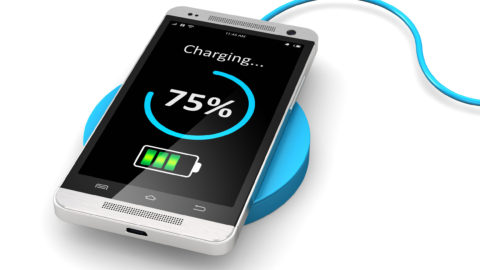We are now past the halfway point of New York City’s year-long freeze on new FHV licenses and I think it’s time to start taking a hard look at what’s been accomplished and what should happen when August rolls around. For instance, I’d be curious to find out if the cap has had a discernable effect on traffic congestion, and I think it’s important to recognize the negative, patently-unfair impact it’s had on certain segments of the FHV industry.
The intent of the cap was never to prevent bases with 20, 50 or even 200 vehicles from adding a handful of vehicles to their fleet to accommodate a new corporate client, and it certainly wasn’t meant to discourage bases from promoting their services to attract new clients, but it’s done precisely that.
In February, Uber filed a lawsuit in a New York state court, claiming the cap is anti-competitive and exceeds the city’s authority. I guess we’ll see if that will fly, but it should be noted that the FHV industry probably wouldn’t have been targeted in the first place if High-Volume For-Hire Service (HVFHV) providers – like Uber and Lyft – hadn’t kept adding drivers at a such a fast clip every month. I understand they want to grow and you can’t blame a company for trying to turn a profit, but the pie was simply being sliced into too many pieces for the majority of the industry’s drivers to earn a living wage. As far as competition is concerned, what’s so fair about battling for market share with a bottomless war chest of investor cash at your disposal?
In their lawsuit, Uber also mentioned there are other ways to reduce congestion in NYC. I think that’s undeniable – a broader plan that targets all vehicles entering gridlocked Manhattan neighborhoods would be far more effective than what we have now. Gov. Andrew M. Cuomo also recently said as much, but his plan, which would be used to help fund the MTA, was two years away, at best. Not only that, but he put a second option on the table that would likely add to traffic, at least in the short term: a 30% subway fare increase.
Regardless of what brought us to this place, the one-year cap will be ending in August. Before that happens, it’s essential that the TLC and City Council consult industry leaders to examine how to proceed moving forward. The Independent Drivers Guild (IDG), which represents nearly 80,000 HVFHV drivers, has been promoting a cap on the number of drivers, rather than vehicles. Perhaps that’s the answer. It seems to make more sense than what we have now, anyway.
In the meantime, a February press release from City Council Member and Chair of the Transportation Committee, Ydanis Rodriguez, called for “immediate action to provide financial relief and assistance to Taxi and Livery drivers” Sounds good, but wait… What about traditional Black Car drivers and bases? They’re suffering, too.
Mr. Rodriguez said he will introduce legislation to bail out certain Taxi medallion owners “based on the financial crisis of each individual owner,” offer a moratorium for Taxi and Livery drivers that face huge TLC fines accumulated over time, and exclude Taxi and Livery drivers from the State congestion surcharge.
So again: WHAT ABOUT TRADITIONAL BLACK CAR BASES AND DRIVERS?
Now that City Council’s FHV Committee has been shuttered and Mr. Rodriguez’s Transportation Committee has regained control of the industry, it’s important that they look out for EVERYONE who has suffered through no fault of their own, and due to the inattention of City and State legislators and regulators. Just don’t forget traditional Black Car bases.




